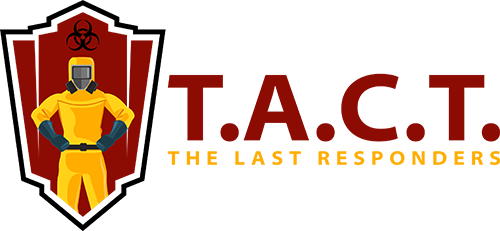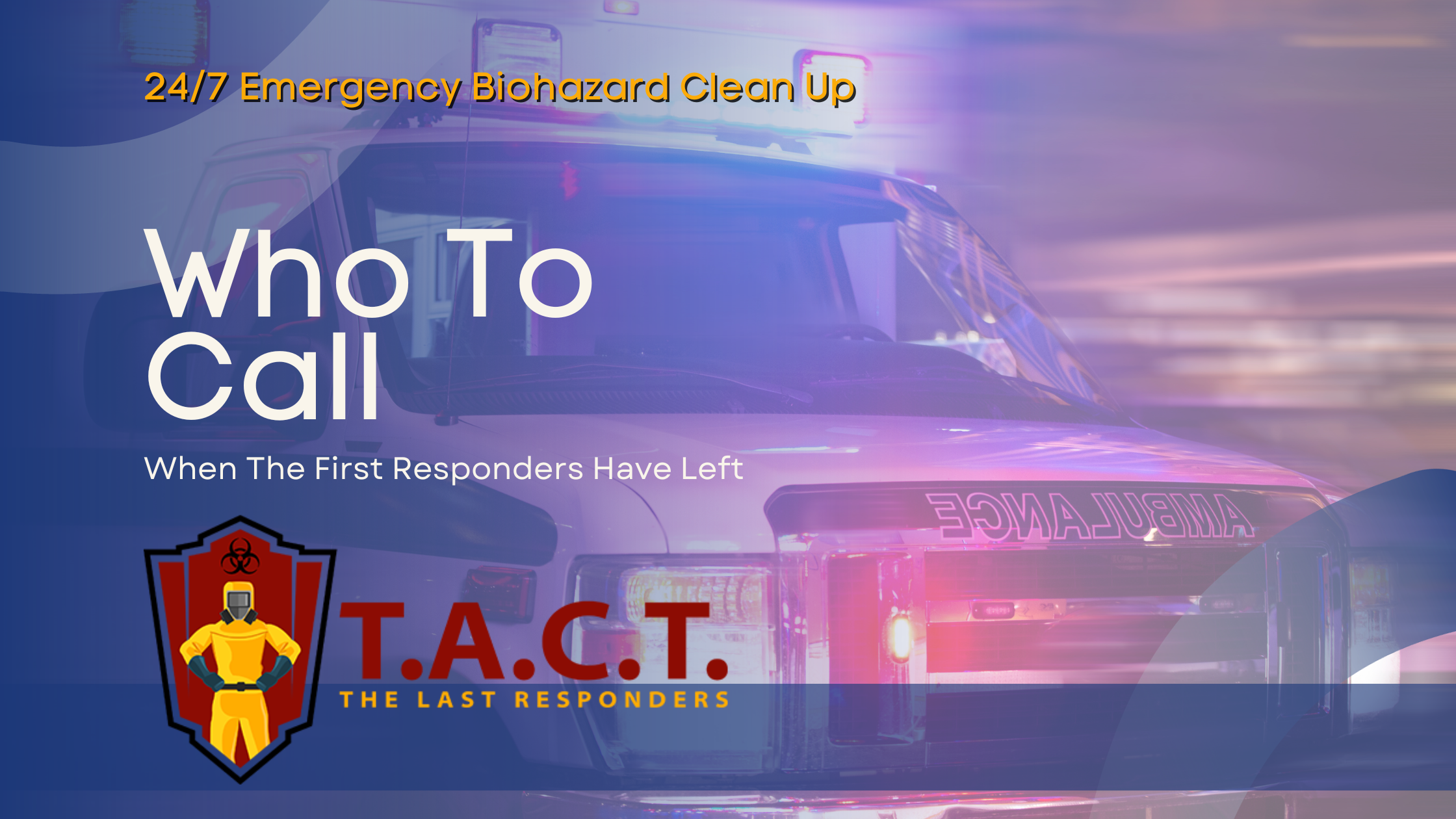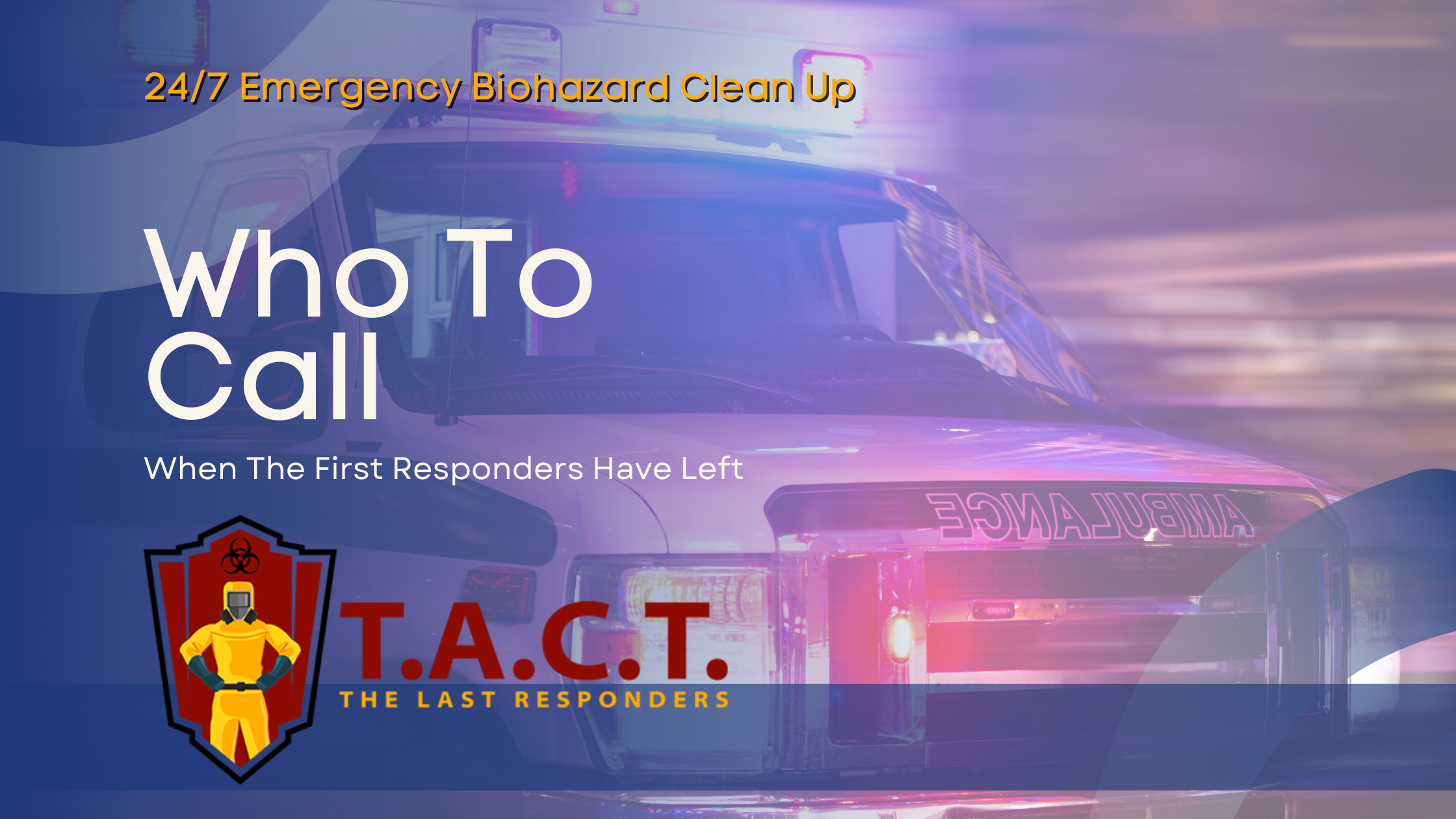Top Tips for Immediate Actions to Take
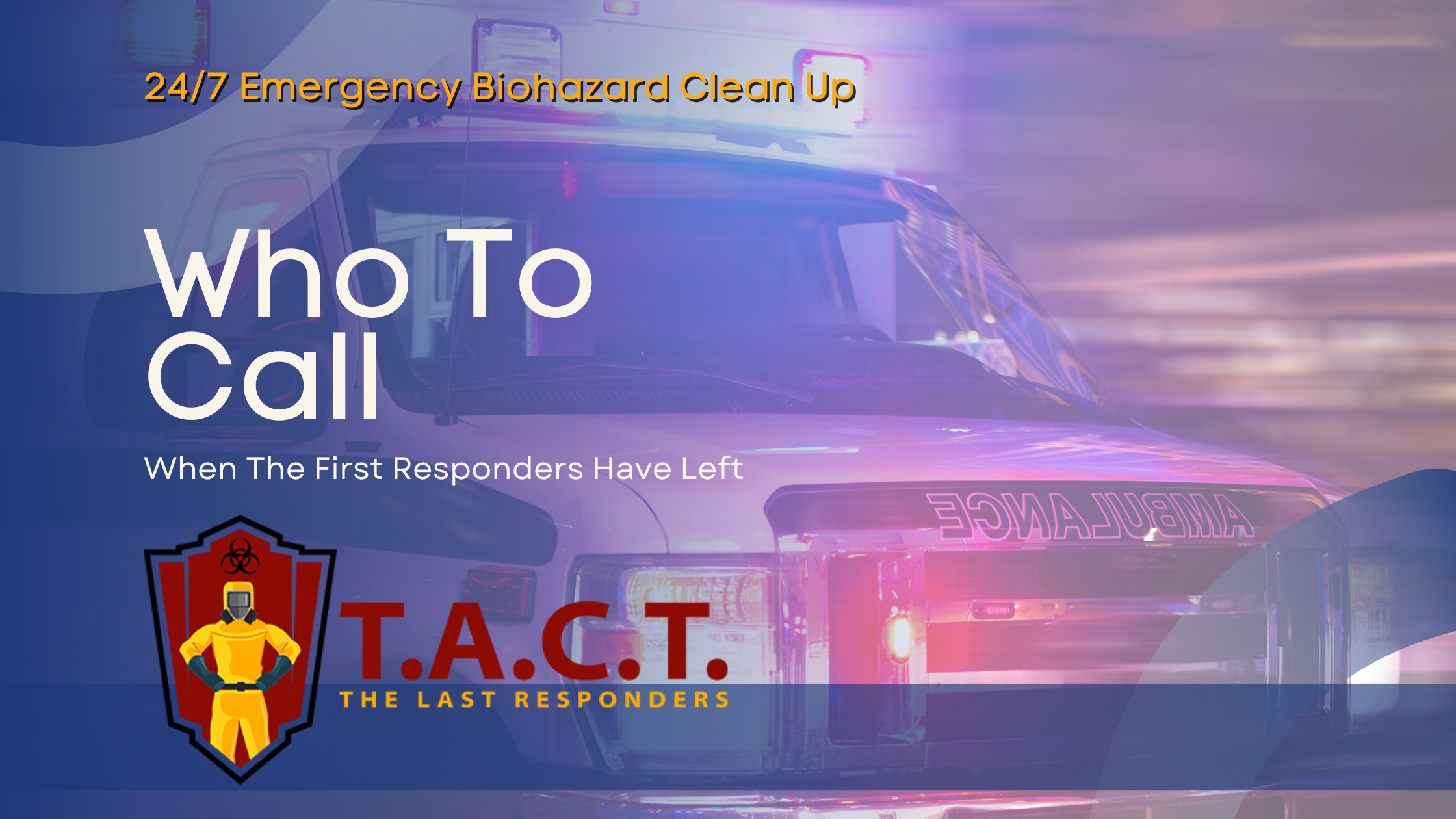
Top Tips for Effective Fire Damage Repairs
After a fire, immediate actions are crucial. This fire damage repairs guide covers what to do first, safety tips, and how to start the restoration process.
Key Takeaways
Immediately ensure safety, contact emergency services, and secure the fire-damaged property to prevent further damage and begin the restoration process.
Assess fire damage thoroughly, documenting all affected areas and involving professionals for accurate evaluations to support insurance claims.
Implement preventative measures, such as regular electrical inspections and smoke alarm maintenance, to reduce the risk of future fires and enhance home safety.
Immediate Actions to Take After a Fire
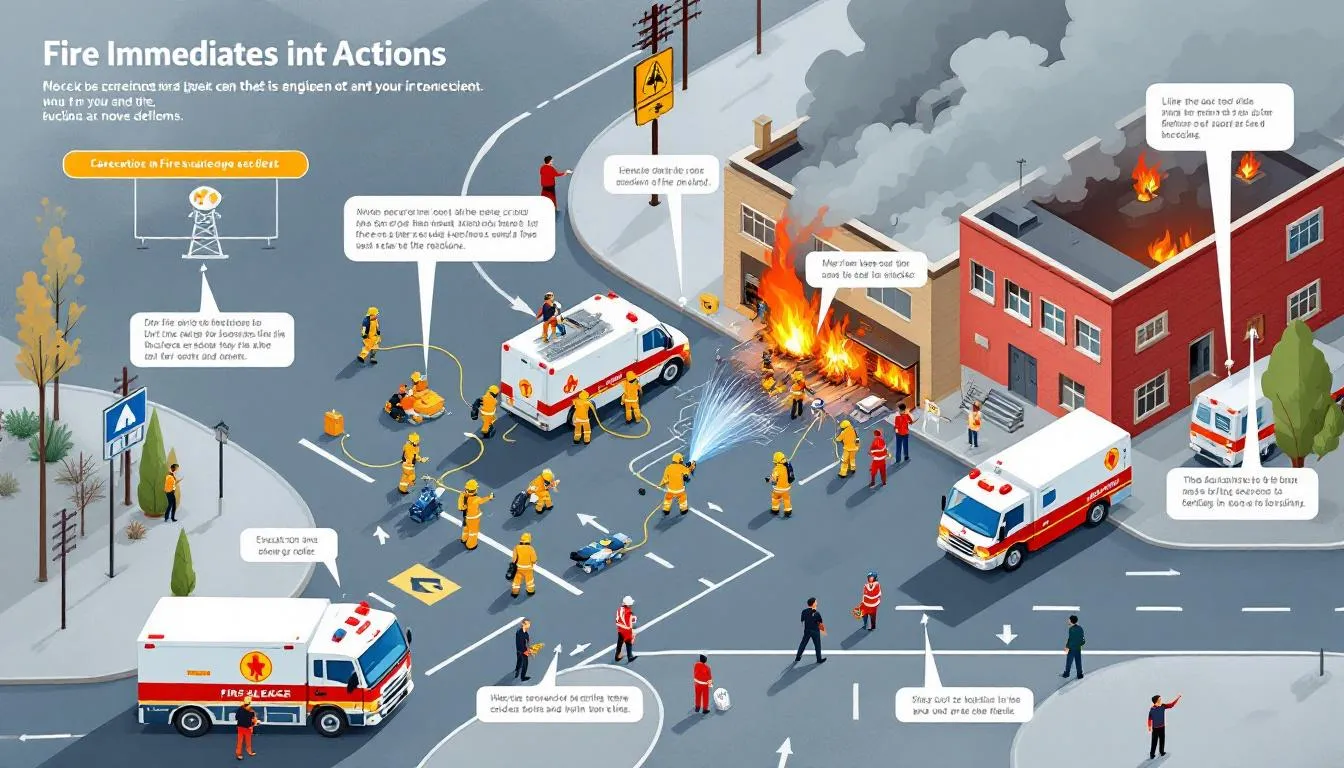
The first and most critical step after experiencing a house fire is to ensure everyone’s safety. Immediately call 9-1-1 to report the major fire and allow the fire department to address any ongoing dangers. Once the fire is extinguished and it is safe to return, ensure that all individuals involved are accounted for and unharmed in the home fire.
Next, contact your insurance company to report the fire and begin the claims process. This step is crucial as it sets the foundation for your fire damage restoration journey. Meanwhile, securing your fire-damaged home is essential to prevent further damage or theft. Immediate services to protect your property include:
Boarding up windows and walls
Placing tarps on roofs
Installing emergency power These measures help protect your property from the elements and unauthorized access.
These immediate actions pave the way for a smoother fire damage restoration process, ensuring safety, security, and the initiation of insurance claims and repairs, resulting in less damage.
Assessing Fire Damage

Assessing fire damage is vital for developing a comprehensive plan for restoration and future rebuilding efforts. Fire can cause extensive damage to various materials, including:
Fabrics
Metals
Walls
Ceilings
Tile
Additionally, soot and water damage from firefighting efforts can further impact your belongings and property.
To thoroughly assess the extent of fire damage, consider the following:
Evaluate the type, degree, and structural integrity of the affected areas.
Check for soot and smoke damage on surfaces like walls, ceilings, and furniture.
Involve experts such as investigators, insurance representatives, and fire marshals who play a crucial role in providing accurate evaluations and oversight during this process.
Hiring a Professional Inspector
A professional inspector, who is highly trained, ensures a thorough inspection of your fire-damaged home, assessing the structural integrity of floors, walls, and the roof to uncover hidden damages that may pose safety risks, which a general contractor can help address.
Inspectors also evaluate the overall safety of the home during restoration. They assess its stability as part of the process. An engineer’s evaluation assists homeowners in prioritizing repairs and planning the rebuilding process effectively, ensuring that all necessary repairs are addressed systematically.
Documenting Damage for Insurance Claims
Accurate documentation of fire damage, including photos and lists of affected damaged property, is essential for a property owner to have a successful insurance provider claim.
Professionals should document all repairs and communications for insurance purposes to maintain accurate records. Keeping a detailed inventory of damaged items helps streamline the claims process, ensuring that all necessary repairs and replacements are covered.
Safety Precautions During Cleanup
A comprehensive safety assessment is necessary before starting fire damage cleanup. Fire residue and debris pose significant health risks, requiring appropriate protective gear such as:
Dust masks
Rubber gloves
Safety goggles
Sturdy footwear Professionals take these personal protective measures to ensure their safety during the cleanup process.
It’s important to be cautious when sorting through fire debris, as hazardous materials may be present. Avoid consuming any food or drink that has been exposed to fire, smoke, or soot.
Prompt action is necessary to prevent mold development in damp conditions, which can start within 24 to 48 hours after a fire. Using air scrubbers can help clean the air by removing smoke particles and odors during the fire damage restoration process.
Using Protective Gear
Protective gear is crucial during fire damage cleanup. Key safety measures include:
Wearing well-fitted N95 masks to minimize inhalation risks from dust or ash.
Using long-sleeved clothing and gloves to prevent skin contact with harmful substances in fire residue.
Consulting professionals or using specialized restoration companies if unsure about safety.
Avoid touching soot-covered items with bare hands to reduce health risks. Cleaning up improperly can lead to more damage and health problems, so always prioritize safety and use the appropriate protective measures.
Handling Toxic Residues
Handling toxic residues left by a fire requires careful attention and professional cleanup services. Fire ash and smoke residue can irritate the skin and respiratory system, potentially causing long-term health issues. Improper handling of fire residue and smoke residues can worsen damage and pose significant health risks.
Professionals are recommended for handling toxic residues, as they have the expertise and equipment to safely remove soot and neutralize odors without causing further harm. Industry experts agree that ensuring the proper handling of toxic residues helps maintain a safe environment during the restoration process.
Water Damage Mitigation
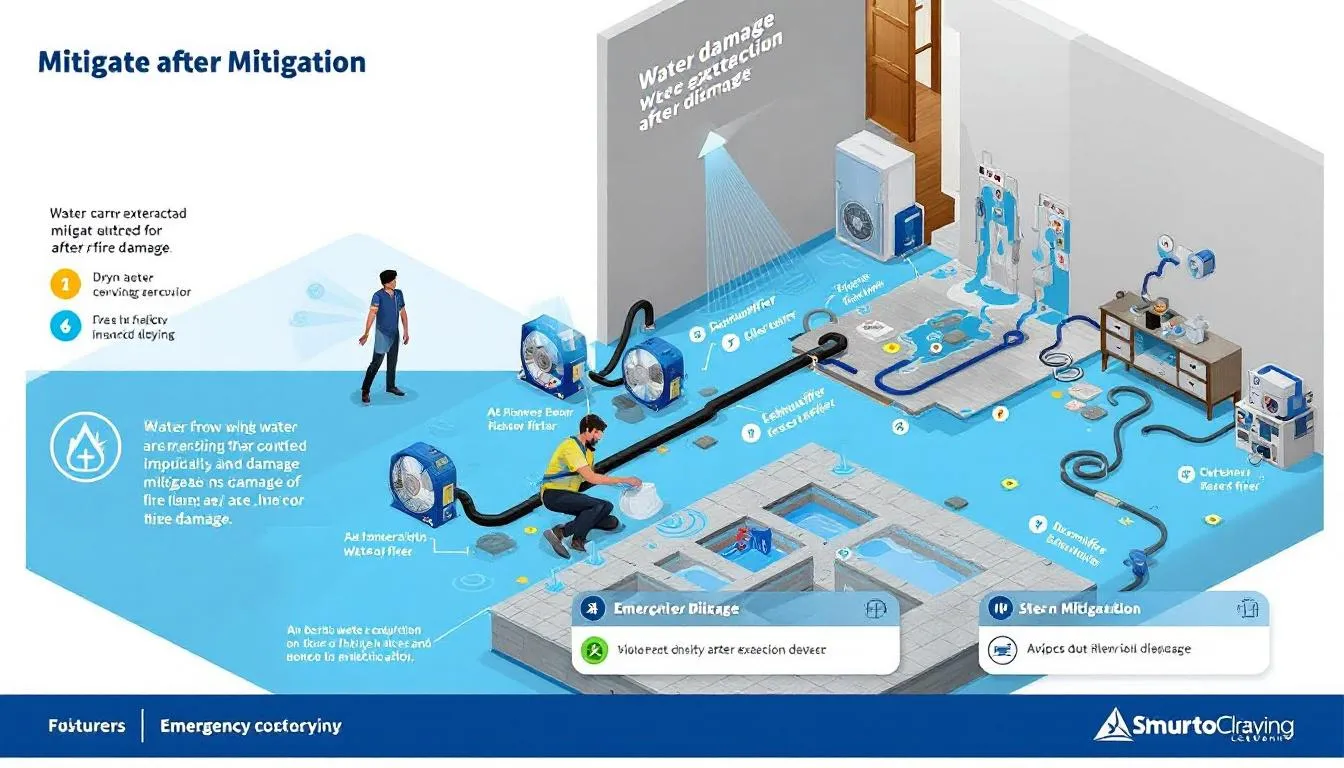
Water damage mitigation is a critical aspect of the fire damage restoration process. Standing water should be extracted swiftly to limit mold growth and structural weakening. Immediate removal of the majority of the water is essential to prevent deterioration and further damage.
Key aspects of effective water removal and drying include:
Using specialized equipment like industrial pumps and dehumidifiers.
Ensuring proper ventilation during drying to mitigate the risk of mold development.
Removing wet items from affected areas to prevent mold and mildew growth.
Prompt intervention to prevent further damage from spreading, especially from firefighting efforts.
Soot and Smoke Removal Techniques
Removing soot and smoke damage is an essential step in the fire damage restoration process. Deep-cleaning techniques, including soot removal from walls, carpets, and upholstery, are necessary to restore your home. Professional cleaning is often required for carpets and other fabrics, especially to address soot residues.
Additional cleanup performed by professionals includes smoke damage cleanup and removing smoke odors. For cleaning soot-covered surfaces, use a mixture of dishwashing detergent, borax, and vinegar in water, but always test cleaning solutions on a small area first.
Specialized Equipment for Soot Removal
Specialized equipment is essential for effective soot and smoke removal. Air scrubbers, industrial fans, and dehumidifiers play a crucial role in commercial fire damage restoration. These tools help professionals enhance the effectiveness of the cleanup process.
Professional restoration companies leverage their expertise and specialized equipment to ensure thorough soot removal and fire damage cleanup, making the restoration process more efficient and effective.
DIY vs. Professional Smoke Damage Restoration
When it comes to smoke damage restoration, weighing the benefits of DIY methods versus professional services is important. Deep cleaning methods, including ozone treatments, are often necessary for effective smoke damage restoration.
While DIY methods can be cost-effective, they may not always suffice for severe damage. Professional restoration companies provide comprehensive services that ensure all smoke and soot damage is addressed, making them a valuable option for extensive fire damage restoration.
Odor Neutralization Strategies
Neutralizing smoke odor is a crucial step in the fire damage restoration process. Professional odor neutralization treatments, such as deep cleaning, deodorization, and ozone treatments, can effectively remove smoke persistent smoke odors. Advanced techniques like thermal fogging and ozone treatment are particularly effective for severe odor issues.
For minor odor issues, DIY methods can be effective, such as:
Using baking soda to absorb odors from carpets and upholstery
Using activated charcoal to absorb air odors
Using a mixture of vinegar and water to tackle minor odor problems in fabrics.
Repairing Structural Damage
Repairing structural damage is a critical aspect of the fire damage restoration process. A structural engineer evaluates the foundation and framing to ensure the home is safe. Assessing the extent of damage includes inspecting load-bearing walls and HVAC systems to maintain safety and structural integrity.
Experts assist homeowners in prioritizing necessary repairs and creating effective rebuilding plans. Structural elements repairs may involve replacing damaged structural components like joists, beams, and columns. Systematic restoration, one room at a time, helps manage the process efficiently.
Restoring Personal Property
Restoring personal property after a fire requires prioritizing safety and assessing damage. Professionals offer services including:
Packing affected items
Relocating items
Cleaning items
Storing affected items
Removing damaged materials
Inventorying non-salvageable property
Restoration of personal belongings can involve advanced cleaning technologies such as ultrasonic and specialty dry cleaning. Specialty items like art, electronics, and documents can often be restored after fire damage. However, items that have been engulfed in flames typically cannot be restored and must be discarded.
Working with Your Insurance Company
Timely notification of your insurance company after a fire is often required by most policies. Homeowner’s insurance typically covers costs if the fire was accidental, depending on policy terms. Fire damage insurance is an extra policy covering costs beyond homeowner’s insurance limits.
Disputing a claim denial requires:
Understanding policy exclusions
Providing sufficient documentation
Keeping receipts for restoration and replacement items to validate your insurance claim
Separating salvageable items from those needing replacement to help streamline the process.
Choosing a Fire Damage Restoration Company
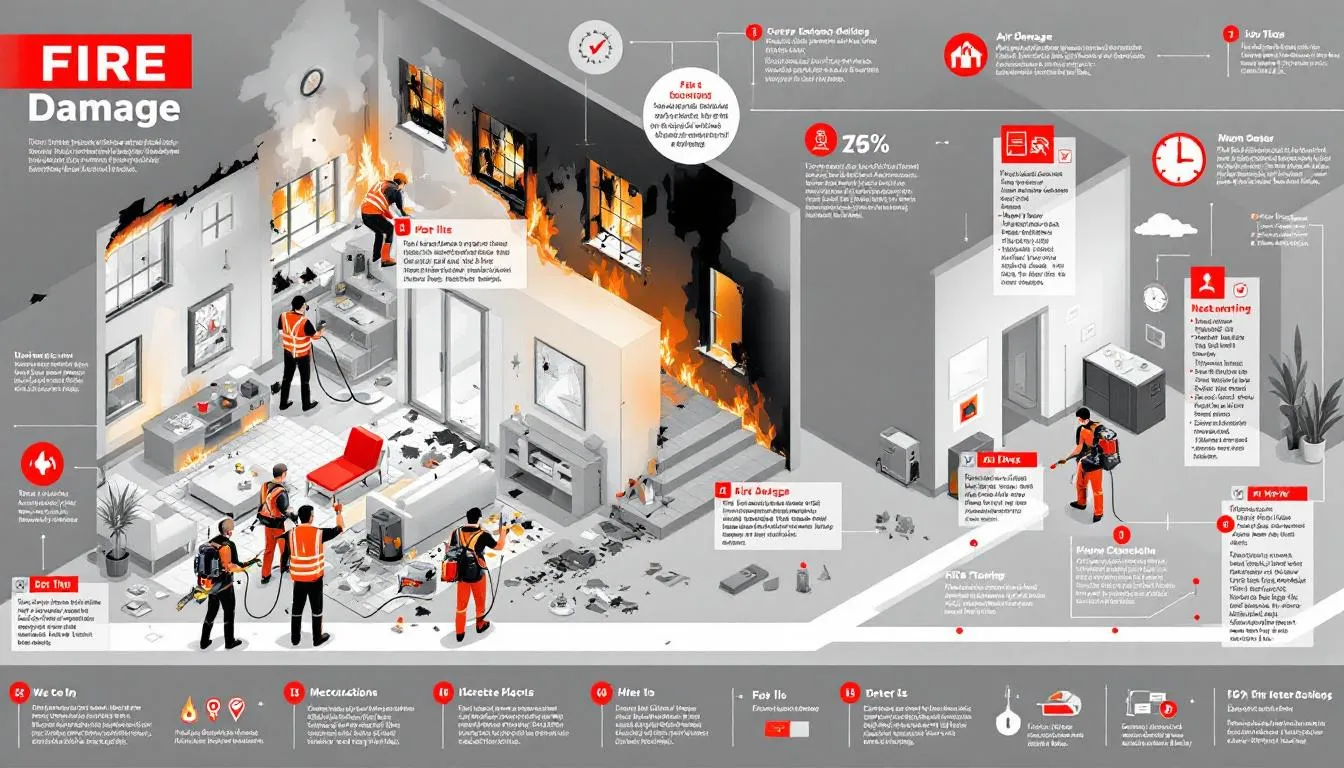
Choosing the right fire damage restoration company is crucial for effective fire restoration. Fire damage restoration includes initial assessment, cleanup, and reconstruction. Hiring professionals can facilitate the claims process and ensure a thorough assessment.
When choosing a restoration company, consider the following:
Verify the credentials of potential restoration companies, ensuring they are certified by recognized organizations.
Choose a company that provides 24/7 emergency services.
Ensure the company is fully insured to protect against liabilities during the restoration process.
Research online reviews and seek references to assess a company’s reputation within the community.
Preventative Measures to Avoid Future Fires
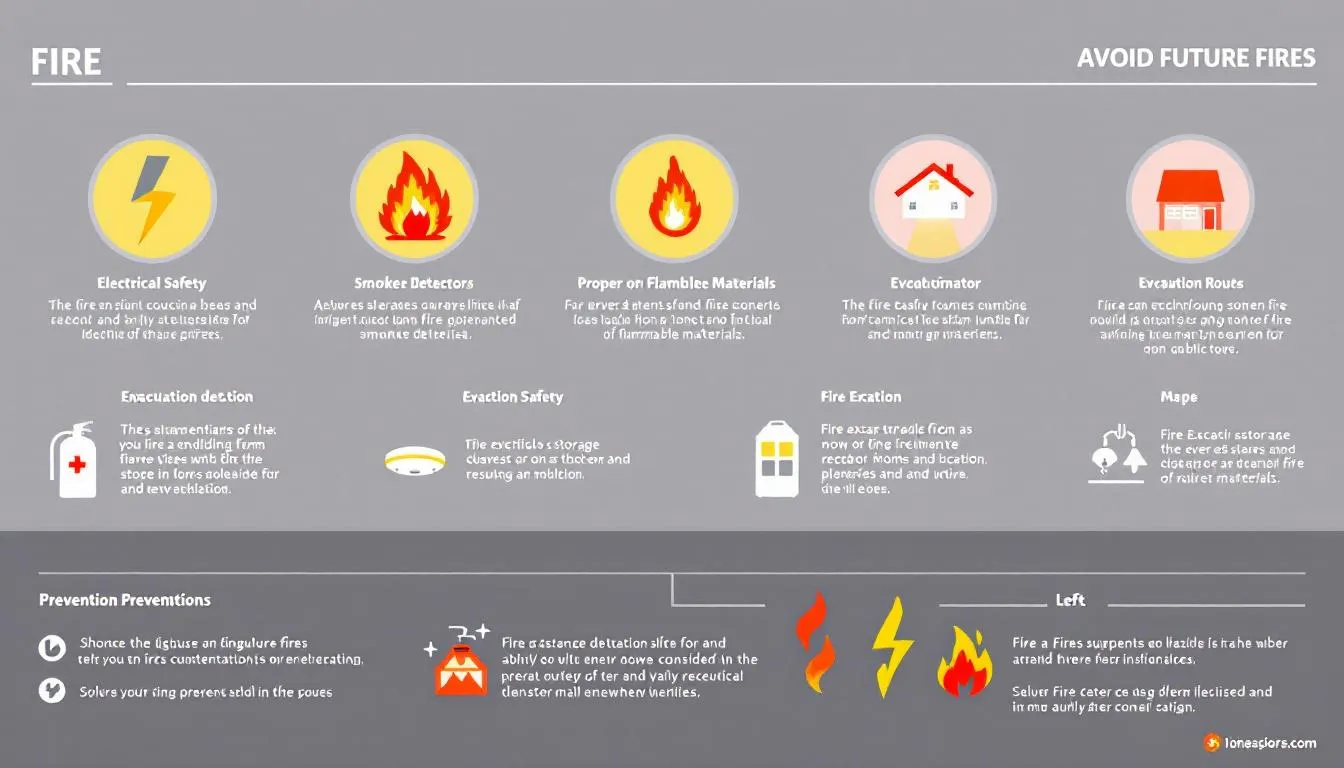
Preventative measures are essential to avoid future fires. Installing smoke alarms throughout the home significantly lowers the chances of fire-related fatalities, which are a leading cause of death in fire incidents. Routine inspections of electrical systems and appliances can prevent potential fire hazards.
Routine inspections of electrical systems help identify and address potential fire hazards before they escalate. Checking electrical cords for frays and damage reduces the risk of sparks that could ignite fires.
Importance of Smoke Alarms
Smoke alarms serve as an early-warning system for fires, significantly enhancing fire safety in homes. Smoke detectors provide critical early alerts, giving occupants valuable time to evacuate during a fire.
For optimal safety, consider the following recommendations for smoke alarms:
Install smoke alarms on every level of a home and interconnect them to alert all residents.
Smoke alarms can reduce the risk of dying in a house fire by approximately 60% when properly installed and maintained.
Test smoke alarms monthly.
Replace batteries at least once a year to ensure they function correctly.
Regular Maintenance Checks
Regular maintenance checks are vital in preventing potential fire hazards. Routine inspections of electrical systems can identify issues such as:
Frayed wires
Malfunctioning appliances
Overloaded circuits These issues could lead to fires. Implementing proactive safety checks significantly reduces the likelihood of fire incidents, ensuring your home remains safe.
By regularly inspecting and maintaining your home’s electrical systems and appliances, you can catch potential problems before they escalate, saving on repair costs and preventing the stress and devastation of a house fire. This proactive approach not only protects your property but also enhances the overall safety of your home.
Summary
In of a fire, understanding the steps for effective fire damage repairs is essential for restoring your home and peace of mind. From taking immediate actions to ensure safety and contacting your insurance company to assessing damage and documenting for claims, each step plays a crucial role in the restoration process. Safety precautions during cleanup, water damage mitigation, and soot and smoke removal techniques are all critical components of a successful fire damage restoration.
Moreover, working with a reputable fire damage restoration company, restoring personal property, and implementing preventative measures such as installing smoke alarms and conducting regular maintenance checks can help you avoid future fires. By following these comprehensive tips, you can navigate the fire damage restoration process confidently and effectively, ensuring your home returns to its pre-fire condition.
Frequently Asked Questions
What are the first steps to take after a fire?
The first steps after a fire are to ensure everyone's safety by calling 9-1-1 and then contacting your insurance company. Additionally, secure your property by boarding up windows and using tarps on roofs to prevent further damage.
Why is it important to hire a professional inspector after a fire?
Hiring a professional inspector after a fire is crucial because they assess the structural integrity of your home, identify hidden damages, and prioritize repairs, which ensures a safe restoration process.
How can I effectively document fire damage for an insurance claim?
To effectively document fire damage for your insurance claim, take thorough photographs and create a detailed list of all damaged items. Additionally, maintain records of all repairs and communications to ensure your claim is well-supported.
What safety precautions should I take during fire damage cleanup?
To ensure your safety during fire damage cleanup, it's crucial to wear protective gear like dust masks, gloves, and safety goggles. Additionally, handle debris with care and refrain from consuming any exposed food or drinks.
What are some preventative measures to avoid future fires?
To prevent future fires, install smoke alarms in your home, regularly inspect electrical systems and appliances, and check for frayed or damaged electrical cords. These measures significantly reduce fire hazards and enhance safety.
Latest news

Nosy neighbors peeking? T.A.C.T. North Atlanta offers discreet biohazard remediation for rodent infestations, mold, hoarding, and more. Unmarked vehicles, quiet experts, full privacy—24/7 service at 470-781-4775.
Read More